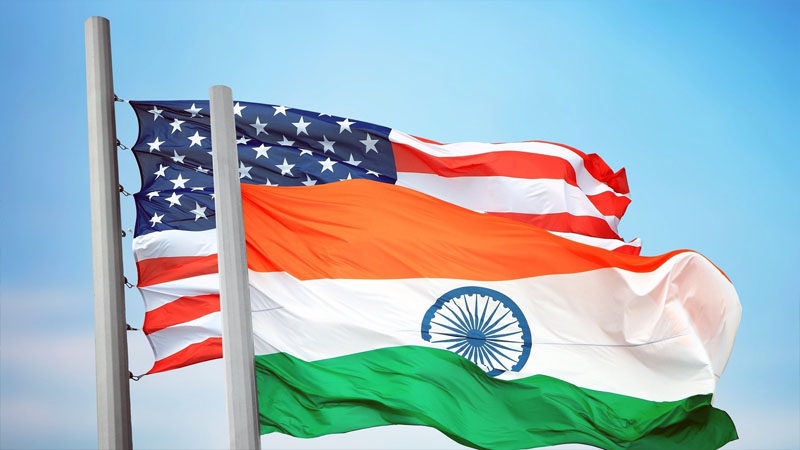Exclusive content

The recent decision by the US Department of Commerce (DOC) to impose a higher countervailing duty (CVD) on frozen water shrimp from India signals a stormy sea for Indian seafood exporters. With the CVD set at 5.7%, significantly eclipsing rates levied against Ecuador (3.75%), Indonesia (2.84%) and Vietnam, the landscape of the US shrimp market is poised for a recalibration that may favour these competing nations.
Examining the Duty Imposition
The DOC’s determinations arise from a thorough investigation into whether shrimp producers in these countries benefitted from subsidies that could render their products unfairly competitive in the US market. The implications for Indian shrimp exporters, according to analysis from InCred Equities, are profound; the new duties could necessitate increased costs for shipments processed in the last six months, thereby impacting immediate profit margins and financial outlooks. Given that around 40% of India’s seafood exports are channelled to the US, this duty could disrupt established market dynamics to a considerable degree.
While the preliminary findings appeared unfavourable for Ecuador, favourable negotiations have allowed them to avert the worst effects, whereas Indian exporters found themselves subject to a startling CVD increase. Pawan Kumar G, president of the Seafood Exporters Association of India, voiced concerns that the heightened CVD, combined with an additional 1.3% anti-dumping duty, could severely affect India’s shrimp market positioning. The stark reality is that if anti-dumping duties rise, Indian shrimp products could emerge as the most expensive on US shelves.
The Wider Economic Impact
The ramifications extend beyond mere market share. Higher duties could amplify raw material costs, making Indian shrimp products less appealing in price-sensitive segments. Pawan Kumar highlights the vital importance of swift governmental intervention to mount a robust challenge against the US’s findings, which reject the Indian government’s stance that its tax remission schemes, compliant with WTO rules, do not amount to subsidies.
These regulatory hurdles add to an already daunting backdrop for Indian shrimp exports, which experienced a downward trend last year due to intensified competition from Ecuador. The unit value of Indian shrimp has tumbled to USD 7.40 per kg, a notable decline from USD 8.57/kg during the 2021-22 cycle, illustrating the price pressures underpinning this sector. Compounding these challenges are macroeconomic factors, including geopolitical tensions and sluggish global demand, creating an increasingly competitive and constricted market.